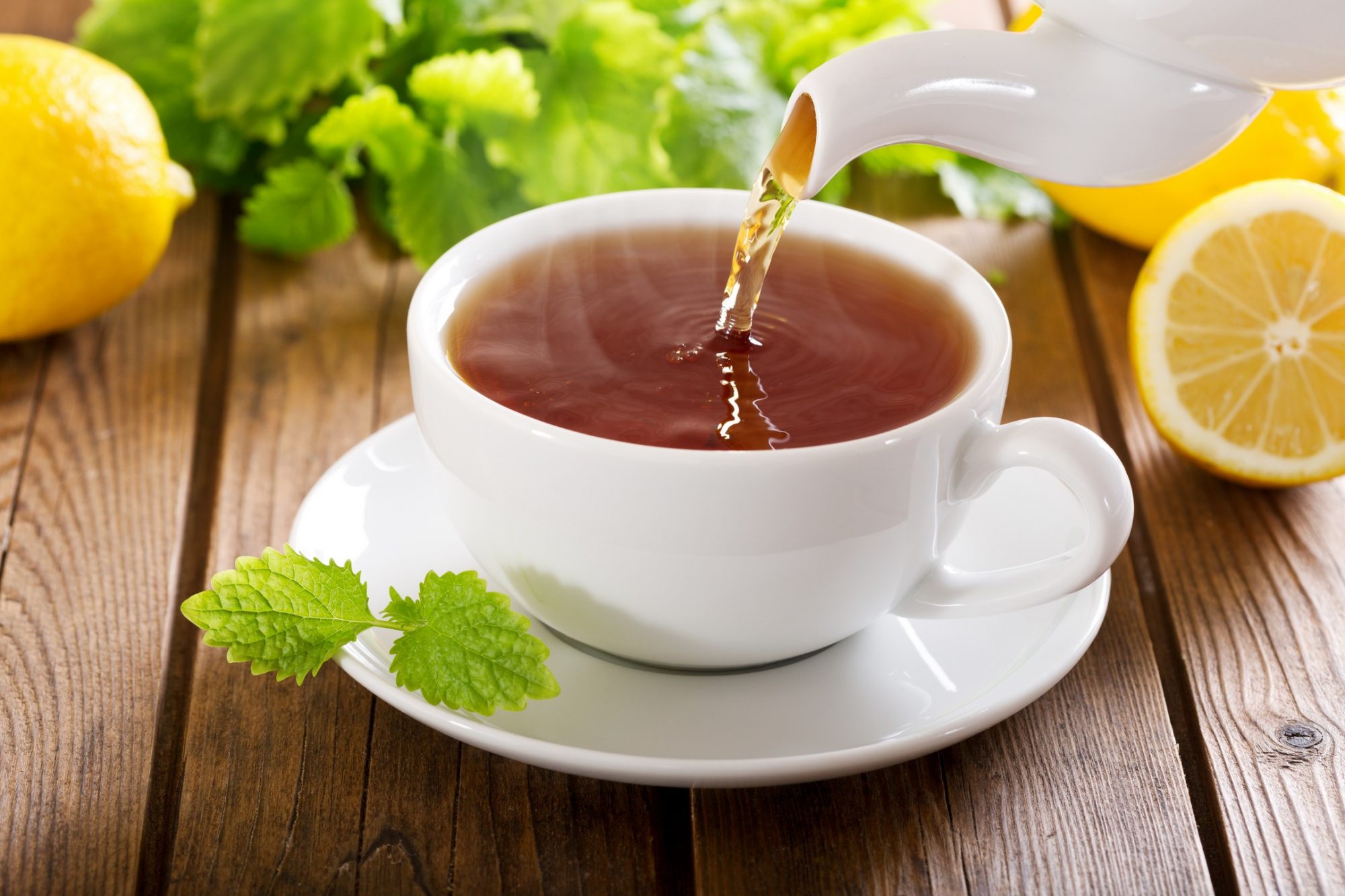
13 Mar Tea Lovers in Green Bay and Northeast Wisconsin, Let’s Celebrate Caffeine

While tea has long been known to be a healthy beverage because of the antioxidants in the leaves, Green Bay and Northeast Wisconsin employees can now enjoy their tea without worrying too much about the amount of caffeine. In fact, adults can add up to 400 mg/day of caffeine into their daily diet according to the U.S. Department of Health and Human Services’ 2015-2020 Dietary Guidelines for Americans.
March is Caffeine Awareness Month, and with more than three-quarters of the U.S. population starting their day with some sort of caffeine, let’s take a deeper look at everyone’s favorite energy boost–caffeine. In addition to coffee and tea, caffeine can be found in energy drinks, soda, smoothies, bars, chocolate and gum.
What is caffeine?
A very simple answer is caffeine is a stimulant that excites or activates the central nervous system. The results of that stimulation can vary widely as caffeine’s effects are based on each Green Bay and Northeast Wisconsin individual’s sensitivities, age, weight, medical history, and tolerances. Even though there are negative side effects from consuming too much caffeine (raised blood pressure, insomnia, indigestion, headaches and migraines, and increased anxiety), there are also several benefits.
For example, caffeine has been linked to enhanced alertness and memory, improved athletic performance, elevated mood, increased metabolism as well as a decrease in pain sensitivity for those with chronic pain. If the caffeine comes from coffee or tea, there are even more health benefits.
Does this beverage contain caffeine?
Knowing if a favorite coffee, tea or other cold beverage contains caffeine is important, but can sometimes be challenging to determine. The best thing for Green Bay and Northeast Wisconsin individuals to do is check the ingredients’ list. If the word “caffeine” is included, then there is synthetic caffeine, like in soda or energy drinks. If there is a type of plant like cocoa beans, kola nuts or green or black tea, then the caffeine comes from a natural source.

How much caffeine is in tea?
As with coffee, the answer to this question depends on a few factors including the type and how it’s prepared. Even though black, green and white teas come from the same plant, the differences in oxidation, brewing times and water temperature play a large role. For example, hotter water and longer steep times creates a stronger beverage.
Add in Matcha green tea, yerba mate, herbal teas and decaffeinated options and the number of potential answers grows. The following measurements highlight the variations of caffeine in one 8-oz cup tea.
- black teas: 47 mg to 90 mg
- green teas: 20 mg to 45 mg
- white teas: 6 mg 60 mg
- matcha: 70 mg
- yerba mate: 85 mg
- herbal teas: up to 12 mg
- decaffeinated teas: less than 3 mg
Break Room Beverages
What types of hot, caffeinated beverages do your Green Bay and Northeast Wisconsin employees look for during their workday? Can they find them on-site? With a daily bank of up to 400 mg of caffeine for each employee, that’s three to five 8-oz cups of coffee or even more tea every day. Offering free coffee and tea in the break room is a great way to express your appreciation. Add snacks, cold beverages and fresh food, and employees will be more likely to visit the break room instead of going off-site.
For more information about upgrading your current refreshment menu or customizing a new one, please call BE’S Refreshments at 920-983-2318.

